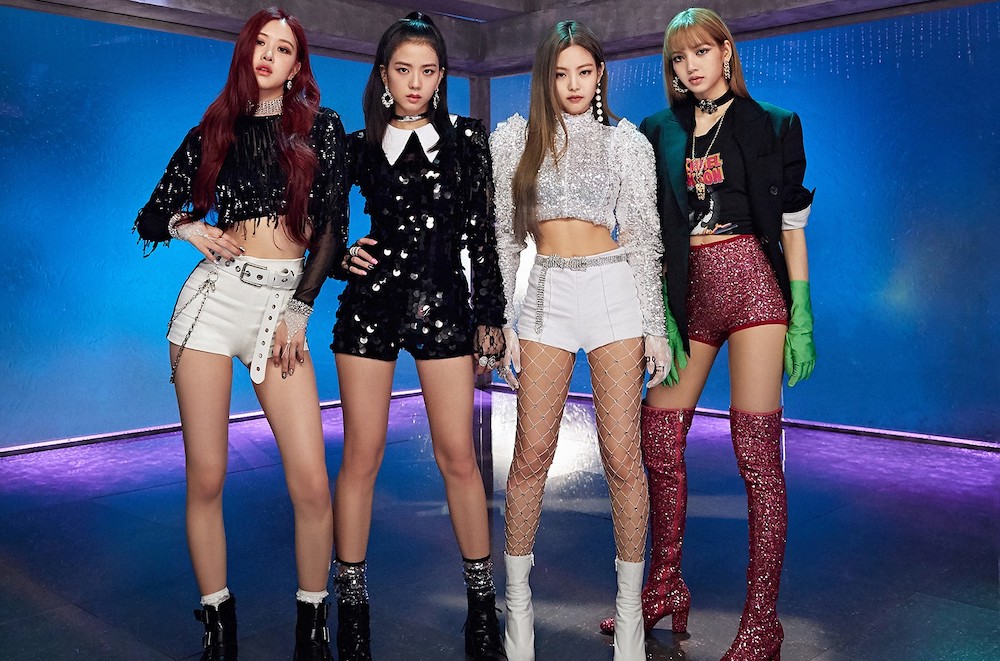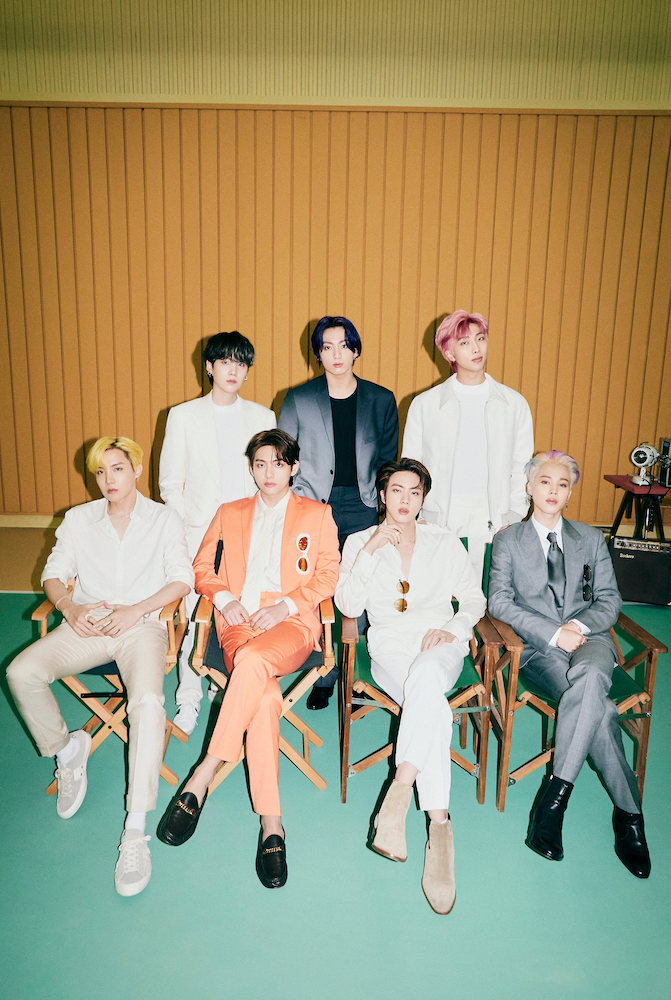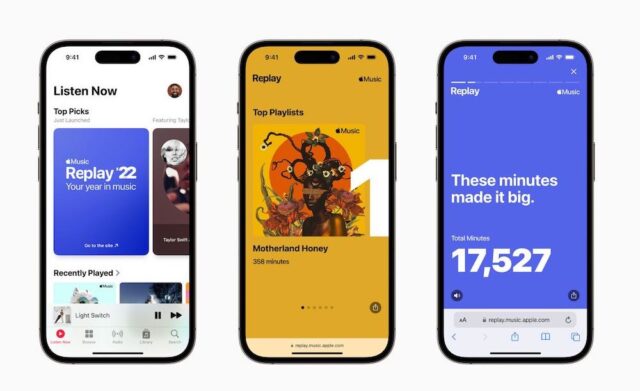NFTs Emerge Into K-pop’s Fan-Created ‘Photocard Industry’
HYBE Corporations, the father company to Source Music, BigHit Entertainment, BELIFT, and others, recently announced their switch to NFTs as a source for future photocards in their latest press conference. The uproar turned the K-pop industry upside down, leading many ARMYs, fans of BTS, to boycott the company’s future actions. Our question is, why are NFTs creating such a ruckus, and what sort of “photocard industry” has the K-pop world created?
The Photocard
All K-pop fans know what a photocard is: a small, paper card with a picture of an artist that comes along in every album. The cards are randomized, which creates a hilariously competitive atmosphere among fans who “pull” rarer or better-looking pictures. Over the years, however, once international fans started becoming a significant source of profit for the ever-widening South Korean export, albums and other goods became prized possessions. Nowadays, the merchandise is not what typically piques a fan’s interest—it’s the photocard that steals the show.
Once entertainment companies realized the popularity of the small inserts that started like none other than a marketing scheme to have fans buy more albums, they expanded their realm of “freebies” to posters, tickets, polaroids, and group photo cards, and many others. Invested K-pop fans began creating “wish lists” with the cards they desired to have in possession or ones they did not pull out of albums if they purchased any. Although typical cards sell in a $4.00-$10.00 range, the price of collections certainly adds up. They may not seem like massive purchases, but hundreds of these cards can eventually drain one’s bank account.
The Online Trading Expanse
The introduction of social media to the fandom scene spurred the increase in trading and selling photo cards. Twitter, Instagram, and TikTok have had an indescribable impact on the whole K-pop community. More and more fans have started to enter this photocard universe at an even faster rate than before. So-called “trading accounts” have appeared on nearly every communication platform possible. These are not online personas but the brainchild for hardcore photocard collectors since, at this point, buying albums has become secondary to acquiring the desired card.
Fans take to media outlets with their photocards in hand, requesting to either sell them or trade for a card of their own interest. Cards that are listed as more desirable appear less often among the total printed albums. In addition, groups like LOONA, who have only sold a limited number of albums, therefore have a set amount of photo cards for every musical comeback. For this reason, a majority of the highest-selling photocards are either limited edition, part of a pre-order benefit, or are no longer in print.
Sometimes, photo cards can be sold for up to $800 on various hole-in-the-wall golden selling centers online. Mercari Japan, a particular subset of the more significant Mercari site, typically finds many lucky draw cards. Lucky draw cards are a specific type of photo card that originates in the random draw machines, found in select locations that run for a certain number of days. The machines print out a set number of these plastics, not paper like typical photocards, making them more valuable.
Collectors from all over the globe can say that the industry has grown to become something that is often driven more by profit than by self-interest. Extensive collections not only give the collector bragging rights but can also be sold collectively for thousands of dollars. And so, the makeshift K-pop trading world has exceeded previous trends amongst baseball fans and Pokémon users.
Where Do NFTs Fit In?
With all of these in mind, NFTs would prove to be an obstacle for new and experienced collectors alike—especially when considering that some of the most prized photocards are BTS’, a group under HYBE that propelled the initiative forward. Although some fans argue about the sudden change to NFTs, the use of these non-fungible tokens took off earlier this year, but with less-widely recognized groups. The whole ordeal started with A.C.E, whose company worked with the Worldwide Asset eXchange (WAX) to produce the very first tokenized K-pop collectibles.
NFTs reached mainstream popularity when the art world started using them to identify digital pieces. The art is stored in the blockchain, an infinite digital public ledger, which is nearly impossible to hack or change. In this online sphere, all actions are recorded, specifically what belongs to who. And in terms of K-pop, who owns which photocards.
In regards to art, the use of an NFT is reasonable. An artist who works for hours, even months on end for a piece deserves to own their own artwork, and an NFT secures that right. Despite duplicating any image online, the official piece will always belong to that artist or whoever else it is sold to. In the case of photo cards, there is much less of a demand for owning a specific photocard digitally. Korean entertainment companies have the opportunity now to swoop in and take advantage of the uncertainty that lies amidst K-pop fans.
Downsides to NFTs
One of the most important yet controversial viewpoints of the NFT transition is the reputation abuse of these new photocards, which companies will likely use for profit. Fans have surfaced on platforms like Twitter to voice their own viewpoints. They mainly argue that the introduction of NFTs, a new frontier that much of the mass public is not aware of, could be “an extremely unethical way of making money from fans,” Reddit profile mikachabot wrote.
Why is the usage of NFTs in a way so detrimental? What could go wrong with the digital owning system, despite essentially creating an online trading universe?
Mainly, the introduction of such an open, unregulated market brings in a likelihood for abuse. As mentioned earlier, a pump and dump scheme occurs when a company brings up the value of something, in this case, the digital photo cards, through exaggerated recommendations or statements. The K-pop world is bound to be hit by such a recipe for disaster since so many are unfamiliar and uneducated about the concept.
On another note, environmental threats have been a point of discussion for fans who have viewed evidence surrounding carbon emissions from the storage and security system of the bitcoin network. Ethereum, a company that keeps track of the transactions of NFTs through “mining,” uses a lot of energy through this method. Although the numbers fluctuate, they currently spend around 44.94 terawatt-hours of energy per year.
Alongside those numbers, they also produce about 21.35 metric tons of carbon dioxide annually, about as much as the country of Mongolia. In fact, an independent study described how a single NFT brings forth more than 200 kilograms of CO2, as much as 20 kilograms of carbon per mouse click (which is to say that every action we take online produces some amount of carbon emissions).
What Now?
No one can predict which path the entertainment companies will take with expanded NFT usage. Although there are many downsides, unprecedented paths can emerge from the change that neither company nor the average collector can expect in the long run. For now, however, fans are fighting the change that entertainment companies are forcing upon established collectors. There is no right or wrong, but if HYBE, JYPE, YG, or SM Entertainment come to terms with themselves for perpetuating the photocard obsession, it may fundamentally alter their decision of bringing NFTs into the complex picture.

Columnist | K-pop Stan | Tweet me @senaho5






